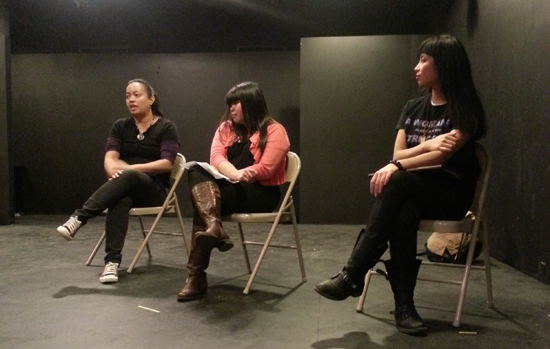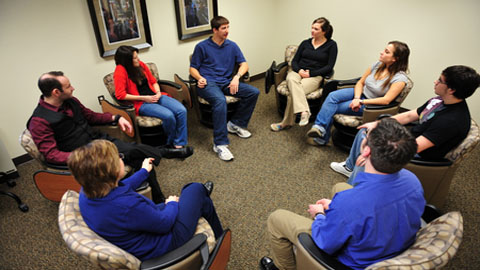Note from the editor: Today's story is a guest post by Kathleen Cabangon. A major issue that the Philippines faces is health and healthcare. Around one-quarter of families in the Philippines live below the poverty threshold, reflecting broad social inequity and other social challenges. Cities are becoming more crowded and polluted due to increased migration from rural areas; cost of living has increased due to inflation making food more expensive; and access to clean water supplies is more uncertain compared to a generation ago. Despite the Philippines’ economic and political progress in the new millennia, inequity in the public health sector exacerbate challenges in morbidity and mortality and put at risk the well-being and lives of many Filipinos.
Acknowledging the growing concerns in health, the Philippine government is expected to provide universal health care for its citizens by 2016. An article published earlier this year by the World Bank, “Achieving Universal Health Care in the Philippines,” described the current state of the health care system:
“While the Philippines has made considerable progress in the health sector over the previous decades, several important challenges remain. Poor households’ health outcomes were three to four times worse than middle class families’ and the poor lacked proper financial protection from debt accrued from out-of-pocket health expenses. To alleviate poverty, the government prioritized enrolling poor households in the national health insurance program and ensuring they had adequate access to quality health services and financial protection.”
My interest in health issues began while I was an intern at Advancement for Rural Kids (ARK). ARK developed an amazing feeding program: just $15/day feeds one child for an entire year. This program
was backed up by statistical data which showed the shift. With this, I began to draw the conclusion that without proper access to food or health care, success was virtually impossible. For example, imagine all the times you were sick and unable to work. Being ill essentially put a “stop” on your ability to produce and be active. There is a direct correlation between productivity and one’s state of health. We can further push that idea to say that for some in the Philippines, the notion of productivity becomes an obstacle because they do not have the necessary health care to remain healthy.
 So why? Why should we care? Personally, I feel an inherent need to give back in any way that I can to the Filipino community and one way I fulfill that need is by writing this blog post. My role is to give a voice to the people who are voiceless and to expose the hardships Filipinos face, day in and day out. It is a shame that even for a nation with infinite potential like the United States, that inequities such as poverty and access to health are still unsettled issues for the country. Public hospital facilities should be beyond what they are now and should mirror the city’s aims towards growth. The prices of medicines in the Philippines are among the highest in the world—certainly too high in relation to household incomes of most Filipinos. Given the high prices, most medicines are beyond the paying capacity of most Filipinos. Thus, the state of health in the Philippines calls for attention from the government, but most importantly
from its citizens, where citizen awareness of the issues is the primary catalyst for change.
So why? Why should we care? Personally, I feel an inherent need to give back in any way that I can to the Filipino community and one way I fulfill that need is by writing this blog post. My role is to give a voice to the people who are voiceless and to expose the hardships Filipinos face, day in and day out. It is a shame that even for a nation with infinite potential like the United States, that inequities such as poverty and access to health are still unsettled issues for the country. Public hospital facilities should be beyond what they are now and should mirror the city’s aims towards growth. The prices of medicines in the Philippines are among the highest in the world—certainly too high in relation to household incomes of most Filipinos. Given the high prices, most medicines are beyond the paying capacity of most Filipinos. Thus, the state of health in the Philippines calls for attention from the government, but most importantly
from its citizens, where citizen awareness of the issues is the primary catalyst for change.
Tell us your thoughts on these issues via Twitter using our hashtag, #PIHealth. And follow @unipronow and @uni_issues for daily updates on issues like these.






